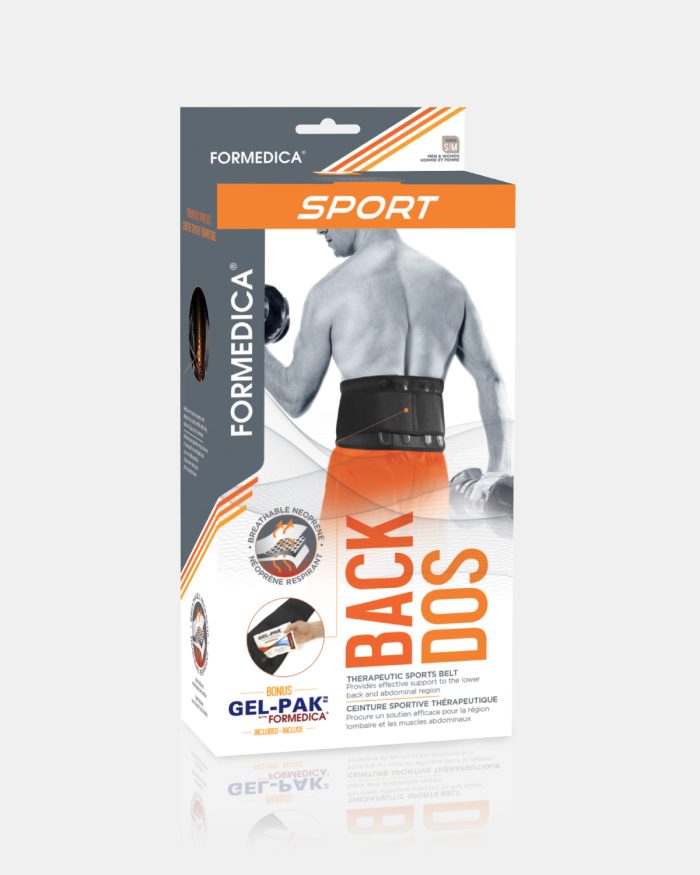Often, when I find myself prey to writer’s block, I notice that the pain goes beyond the paralysis of my neurons – knots begin to appear, rapidly spreading from cervical vertebrae to my neck, down to my shoulders, overtaking my arms and my fingers, as if the block suddenly overcame my entire body. A perfect portrayal of somatisation, as certain doctors would probably say. In fact, nothing could be less certain.
We tend to associate artistic occupations to the intellect, more than to physical endurance, at least much more than we do for manual workers and athletes. Yet, musculoskeletal disorders (MSDs) are very frequent among artists, no matter their specialty. Of course, for writers, it is a matter of prolonged static positions, often accompanied by bad posture and lack of exercise. However, it has been said that the physical requirement of professional musicians is similar to that of high-level athletes. We estimate that throughout the span of their career, approximately 75% of musicians will experience some health problem due to the practice of an instrument. Now, think about what this means for dancers and circus artists!
MSDs therefore represent a major socioeconomic challenge for the cultural and entertainment industry, since these painful ailments can harm an artist’s performance to a great degree; they may require breaks, even have to put an end to their career, which is a hard hit to take for professionals whose careers are often already uncertain.
What makes artists so prone to musculoskeletal disorders?
Generally speaking, work-related MSDs are the result of different constraints on an individual’s physical abilities. Risk factors can be grouped into four categories:
Biomechanical factors
Biomechanical factors include anything related to movements and posture. Artistic occupations often involve several risks of that nature, including:
- Activities that call upon joints in an excessive manner, or entail constraining positions
- Excessive efforts
- Repetitive movements
- Positions held for prolonged periods
Organizational factors
Organizational factors refer to work logistics. For artists, they can mean:
- Stressful situations
- Insufficient recovery times
- Fierce competition
- Excessively high expectations
Environmental factors
Environmental factors include all that can make artists’ lives even more difficult, including:
- Work environment
- Climate
Individual factors
Individual factors regroup all personal aspects, such as:
- Age
- Gender
- Years of experience
- Psychological predispositions
- Medical history or traumas
What are the most common MDSs among artists?
An artistic career can lead to an array of musculoskeletal disorders. The most common ones are:
Tendinitis and tendinopathies
Tendinitis is caused by inflammation of the tendon, most often resulting from excessive effort, injury or an unusual and sudden movement. If there are no signs of inflammation and the problem is caused by the deterioration or degeneration of the tendon, it is likely to be tendinopathy.
Artists most vulnerable to tendinitis are those whose work entails highly repetitive activities, such as dancers and circus artists.
The most frequent tendinopathies affect the shoulder, elbow, wrist and hand. They are common among musicians, as well as sculptors who use vibrating tools.
Myalgias
The name “myalgia” refers to muscular pain, localised or widespread, resulting from various and multiples causes.
Among artists, it most often occurs around the neck and shoulder area, mainly in occupations that require static postures, such as writing, painting or photography.
Musicians, chorists and circus artists are also prone to pain around the trapezius muscles.
Upper extremity entrapment syndrome
Upper extremity entrapment syndromes are caused by compression of the nerve into a narrow passage, also known as tunnel, which causes inflammation. The most common carpal tunnel syndrome occurs around the wrist, when the carpal tunnel begins to narrow and compresses the media nerve. This can lead to loss of finger mobility, especially for the thumb.
Musicians, particularly violinists and cellists, are most prone to carpal tunnel syndrome. Dance styles that require repetitive wrist movements, often in extreme positions, can also lead to this type of disorder.
Fatigue-related fractures
A stress or fatigue-related facture can be described as a fine tearing of the bone. It is typically linked to sustained, intense and repetitive physical activity, or to unusual stress.
Dancers often suffer from these types of bone fractures, deemed “incomplete”, affecting their legs and feet.
How are these recalcitrant patients treated?
In an ideal world, injury prevention would be an integral part of artists’ training so that they are able to recognize these disorders from the onset of symptoms. Alas, absorbed by their creation and often submitted to the harsh requirements of their art, creative spirits often tend to delay consultation. It’s only when a problem becomes disabling that they begin to think about their physical health.
The first reaction when dealing with a career-related musculoskeletal disorder is to rest the affected limb, with the help of orthotics, if necessary. Prolonged immobilisation is however contraindicated, as it can weaken the muscular system and undermine the artist’s morale. We will instead turn to what we call “active rest,” alternating removable posture braces and low-intensity rehabilitation exercises.
If there are signs of inflammation, applying ice or cold gel compresses for approximately 10 minutes, several times a day, can help reduce swelling and relieve pain. In acute phases, anti-inflammatory medication can also be beneficial.
As for athletes, artists should consult healthcare professionals specialized in their field, which is particularly true for dancers, instrumentalists and circus performers. It is the only way to obtain an accurate diagnosis and be prescribed a rehabilitation program that takes into consideration the requirements of the artistic practice; a basic rule that may help prolong many careers, without interrupting the creative flow.
Sources
http://www.medecine-des-arts.com/TMS-les-troubles.html
http://www.medecine-des-arts.com/Troubles-musculo-squelettiques,1184.html?lang=en
http://www.salonreeduca.com/site/FR/Actu/Actualites/Article,Interessonsnous_aux_musiciens__Partie_1,I3711,Zoom-3ffafe5b4869ce68bd34a6415749ed30.htm
http://www.phytotherapia.eu/informations_medicales.php?num_info=611

